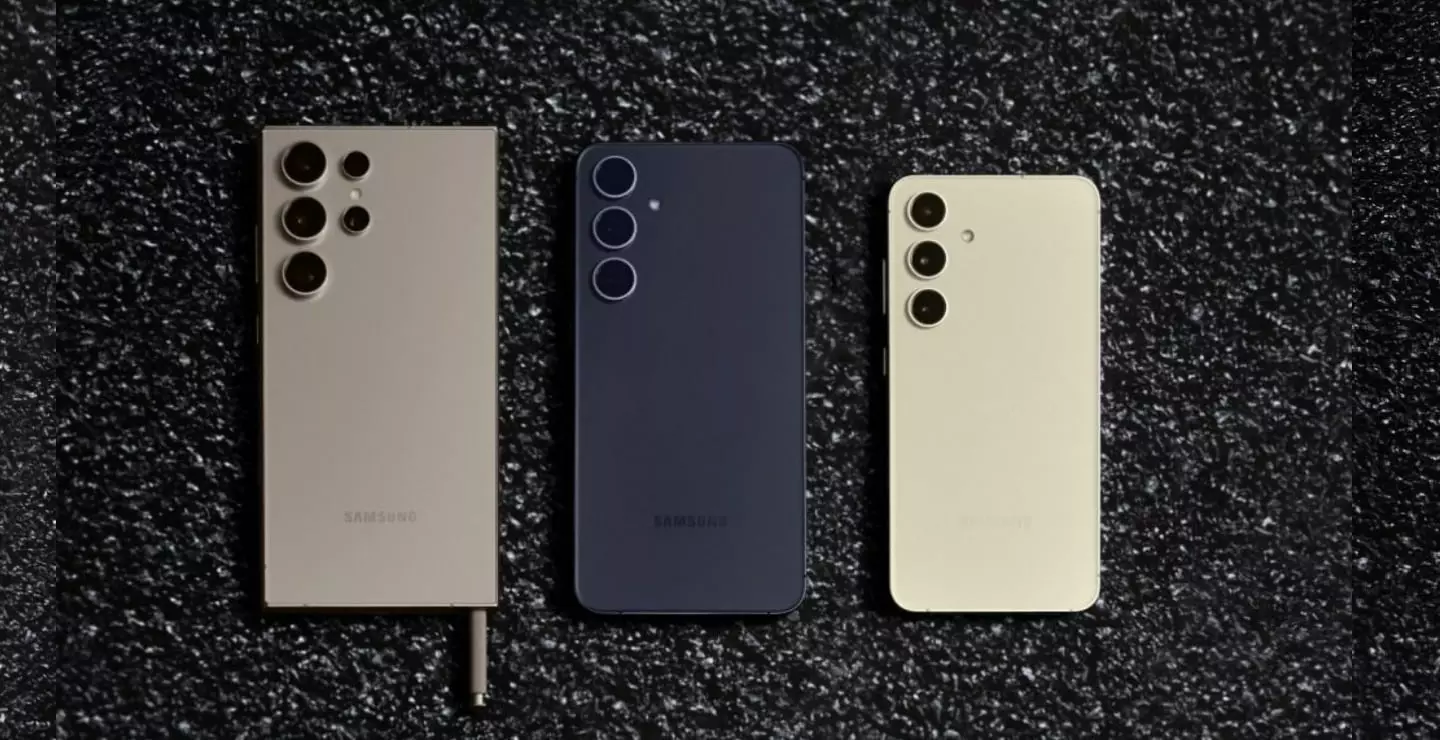In 2024, a rebound in the global smartphone market marked an upward trend, with shipments increasing by four percent year-on-year. This growth stands in stark contrast to the preceding two years, which experienced recurring declines in shipments. It highlights a significant shift in consumer confidence, attributed largely to improving macroeconomic conditions. While global sales figures for smartphones hit a decade-low in 2023, the resurgence in 2024 is encouraging news for manufacturers, investors, and consumers alike.
The report from the market research firm Counterpoint Research suggests that this turnaround is not merely a blip; it reflects a consistent recovery that began to take shape in the last quarter of 2023 and has maintained momentum across the subsequent five quarters. The optimistic trend was observed across various regions, with Europe, China, and Latin America leading the way in the growth narrative.
Samsung continues to dominate the smartphone landscape, securing the largest market share at 19%. The popularity of their Galaxy S24 series, which boasts AI-driven features, has fueled a resurgence in demand. This marks the company’s strategic pivot towards incorporating artificial intelligence into their mobile devices, particularly noting positive reception in the markets of Western Europe and the United States. This innovation seems to resonate well with consumers seeking cutting-edge technology.
Apple holds a close second at 18% market share, although the launch of the iPhone 16 series has been met with mixed reactions. Critically, issues surrounding availability and the integration of their AI features at launch seem to have hampered initial sales. Nevertheless, Apple’s influence remains robust, particularly in non-core markets such as Latin America, Africa, and Asia-Pacific regions. The increasing demand for Apple’s Pro and Pro Max models in key markets, including China, suggests that the company retains a loyal customer base eager for premium products.
Xiaomi occupies the third position in the global smartphone ranks, with a 14% market share. However, its growth trajectory marks it as the fastest-growing brand among the leading original equipment manufacturers (OEMs) in 2024. Additionally, Vivo and Oppo, both with an 8% market share, continue to maintain relevance in the competitive landscape. While the top five players remain unchanged from 2023, they face staunch competition from brands like Huawei, Honor, and Motorola, which have been particularly aggressive in marketing and innovation.
This shift in the competitive dynamic underscores the rapidly evolving preferences of consumers who are now more inclined towards value-driven and feature-rich devices. The rise of smartphone makers from within China continues to disrupt the established market, emphasizing the need for the leading brands to innovate and differentiate themselves continually.
One of the most notable shifts in the high-end smartphone market is the integration of Generative Artificial Intelligence (GenAI). The report forecasts that by 2028, nearly 90% of smartphones priced above $250 will offer GenAI capabilities. This trend is poised to redefine user experience, making smartphones not just communication tools but smart companions that can anticipate user needs.
The projected growth in revenue, expected to surpass volume growth at 8% year-on-year in 2025, suggests that consumers are willing to invest more in premium features rather than merely purchasing additional units. This indicates an evolving market where quality and advanced technology take precedence over sheer volume.
Overall, 2024 signifies a critical juncture in the smartphone industry, marked by regained growth after a period of stagnation. Major players like Samsung, Apple, and Xiaomi are not only retaining but also expanding their influence, albeit amidst increasing competition. The industry’s trajectory is set to be shaped profoundly by the integration of advanced technologies like GenAI, highlighting the importance of consumer sentiment and technological innovation in navigating future challenges. As the smartphone market evolves, the focus will likely remain on delivering features that enhance user experience while ensuring economic viability in a highly competitive environment.


Leave a Reply